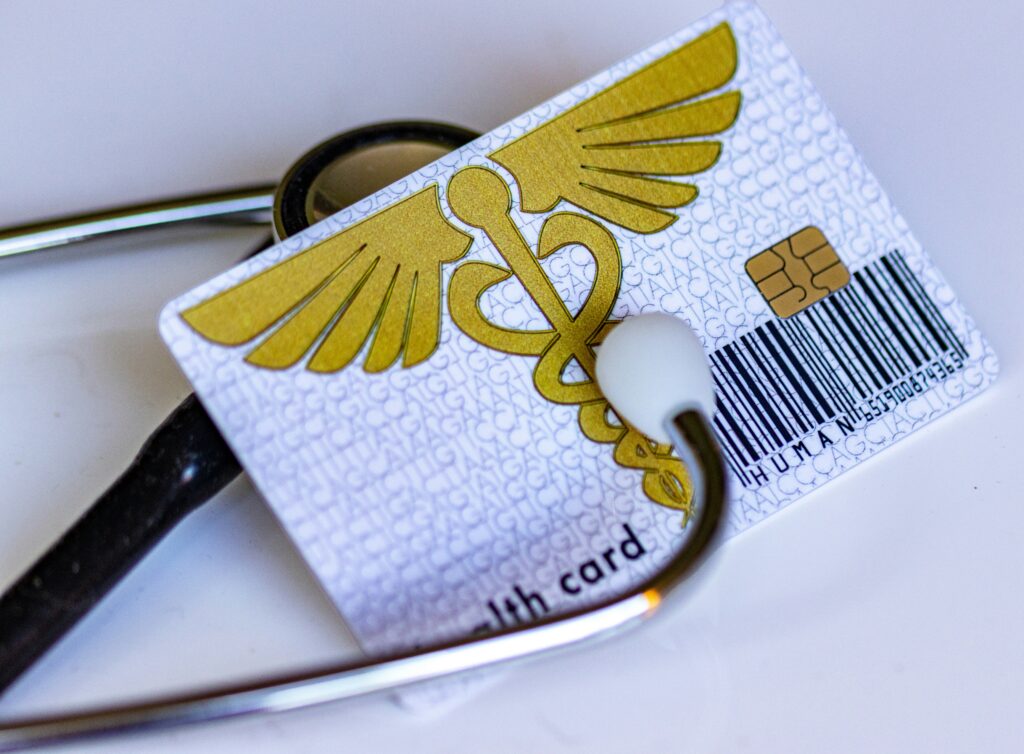After a car accident, one of the most critical aspects for victims is how insurance companies determine the settlement amount. The process may seem complex and opaque, but understanding the factors that influence a settlement offer can help you navigate negotiations with insurers. Whether the accident resulted in minor property damage or severe injuries, insurance companies use several key factors to calculate what they consider a fair payout.
1. Liability Determination
The first step in determining a settlement is assessing who was at fault for the accident. Texas follows a comparative negligence rule, meaning fault can be shared between the parties involved in the crash. If you are found to be partially at fault, your compensation may be reduced based on your percentage of fault. For example, if you were 20% responsible for the accident, your final settlement could be reduced by 20%.
Insurance companies conduct their own investigations to establish liability, which may include:
- Police Reports: These provide an initial assessment of fault and are often considered the most authoritative source.
- Eyewitness Statements: Independent witness accounts can corroborate either party’s version of events.
- Accident Scene Evidence: Photos, videos, and skid marks can offer clues about how the crash occurred.
2. Medical Expenses
Medical bills play a crucial role in determining settlement amounts. The more extensive the injuries and required treatment, the higher the potential settlement. Insurance adjusters review:
- Emergency Room Visits: Immediate medical attention, such as ambulance services or ER care, is often reimbursed.
- Ongoing Treatment: Physical therapy, follow-up appointments, and prescription medication costs are factored in.
- Surgery Costs: Major injuries requiring surgery can significantly raise the value of your claim.
3. Lost Wages
If your injuries force you to miss work, insurance companies calculate the wages you lost during your recovery. This calculation includes not only actual missed days but also any impact on your future earning capacity. For instance, if you suffer a long-term injury that limits your ability to work in the future, you may be entitled to compensation for lost future income.
4. Property Damage
The cost to repair or replace your vehicle is another critical factor in determining a settlement. Insurance companies will typically assess:
- Repair Costs: They’ll estimate how much it will take to repair your car and pay that amount if it’s deemed repairable.
- Total Loss: If your car is a total loss, meaning the cost to repair exceeds the car’s value, the insurer will pay out the fair market value of your vehicle before the accident occurred.
5. Pain and Suffering
Pain and suffering compensation aims to address the non-economic damages related to the accident. This category includes:
- Physical Pain: The severity and duration of physical pain resulting from injuries are considered.
- Emotional Distress: Emotional or psychological trauma from the accident, such as anxiety or depression, can increase settlement values.
- Loss of Enjoyment: If injuries prevent you from engaging in activities you previously enjoyed, you may receive additional compensation.
Insurance companies often use a multiplier method to calculate pain and suffering. This involves multiplying the total medical expenses by a number between 1.5 and 5, depending on the severity of the injuries.
6. Insurance Policy Limits
Even if your damages are significant, your settlement may be capped by the at-fault driver’s insurance policy limits. In Texas, the minimum liability insurance coverage required is:
- $30,000 for bodily injury per person
- $60,000 for bodily injury per accident (if multiple people are injured)
- $25,000 for property damage
If your damages exceed the at-fault driver’s policy limits, you may need to seek additional compensation through uninsured/underinsured motorist coverage or by filing a personal injury lawsuit.
7. Comparative Negligence Adjustments
As mentioned earlier, Texas’s comparative negligence rule may reduce your settlement based on your percentage of fault. If it’s determined that you were partially responsible for the accident, your settlement offer will be adjusted accordingly.
Negotiating a Settlement
Insurance companies often start with a lower settlement offer, assuming that the claimant will negotiate. It’s essential to have a clear understanding of your damages, including medical costs, lost wages, and pain and suffering, before entering negotiations. Consulting with a personal injury attorney can help ensure you receive fair compensation.
Conclusion
Understanding how insurance companies determine car accident settlements can help you better navigate the claims process and maximize your payout. By being aware of the factors that affect your settlement—such as liability, medical expenses, lost wages, and pain and suffering—you can approach negotiations with greater confidence. If you feel your settlement offer is too low, working with an experienced attorney can provide the support needed to secure a fair resolution.

